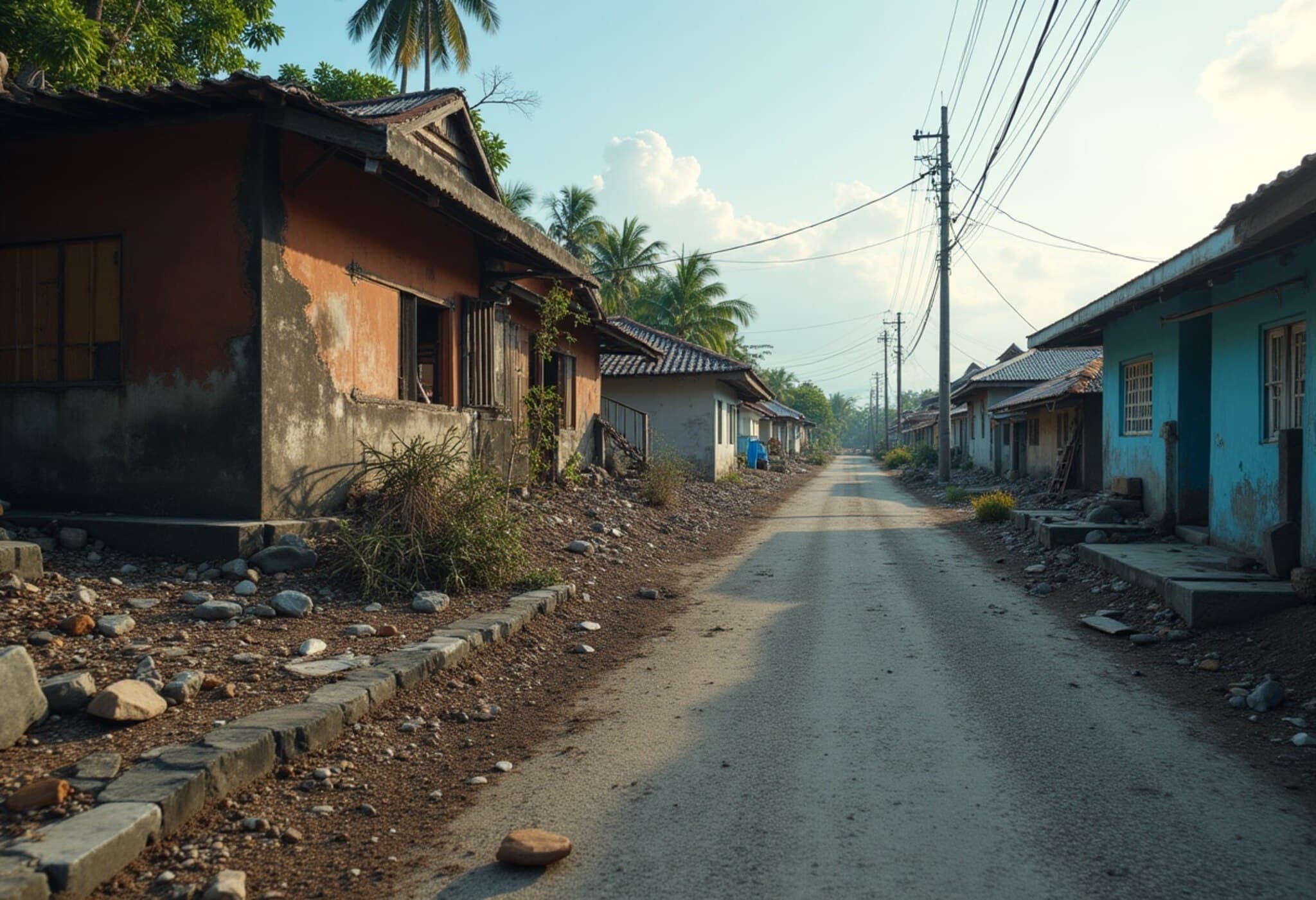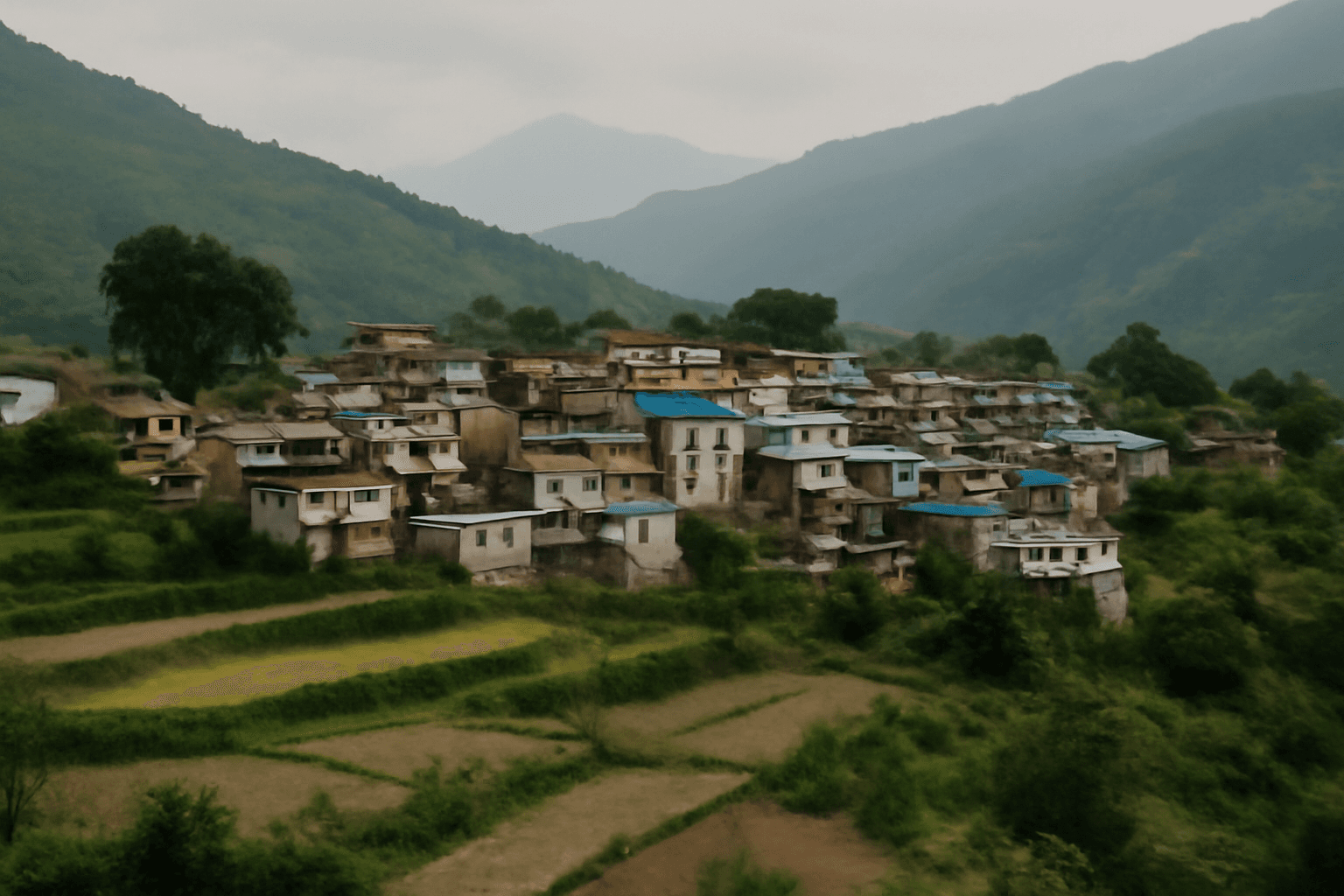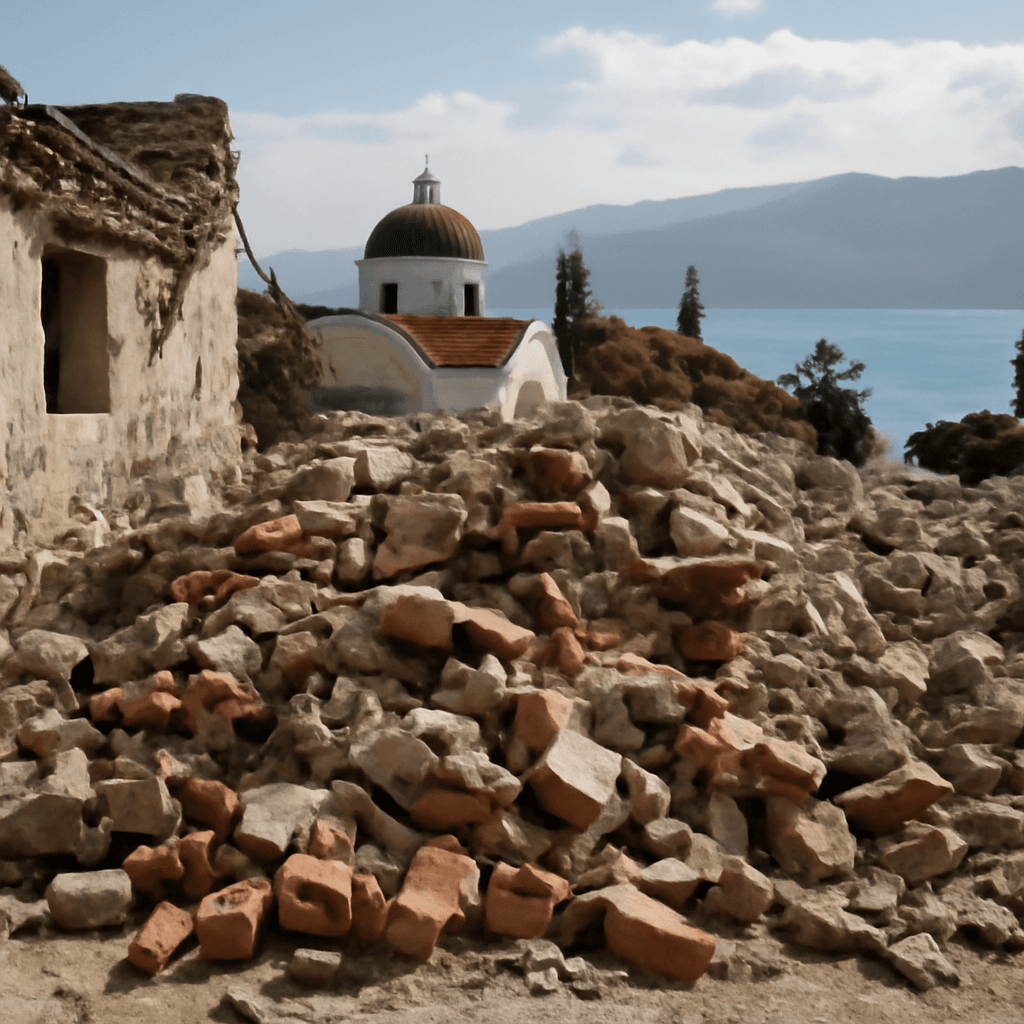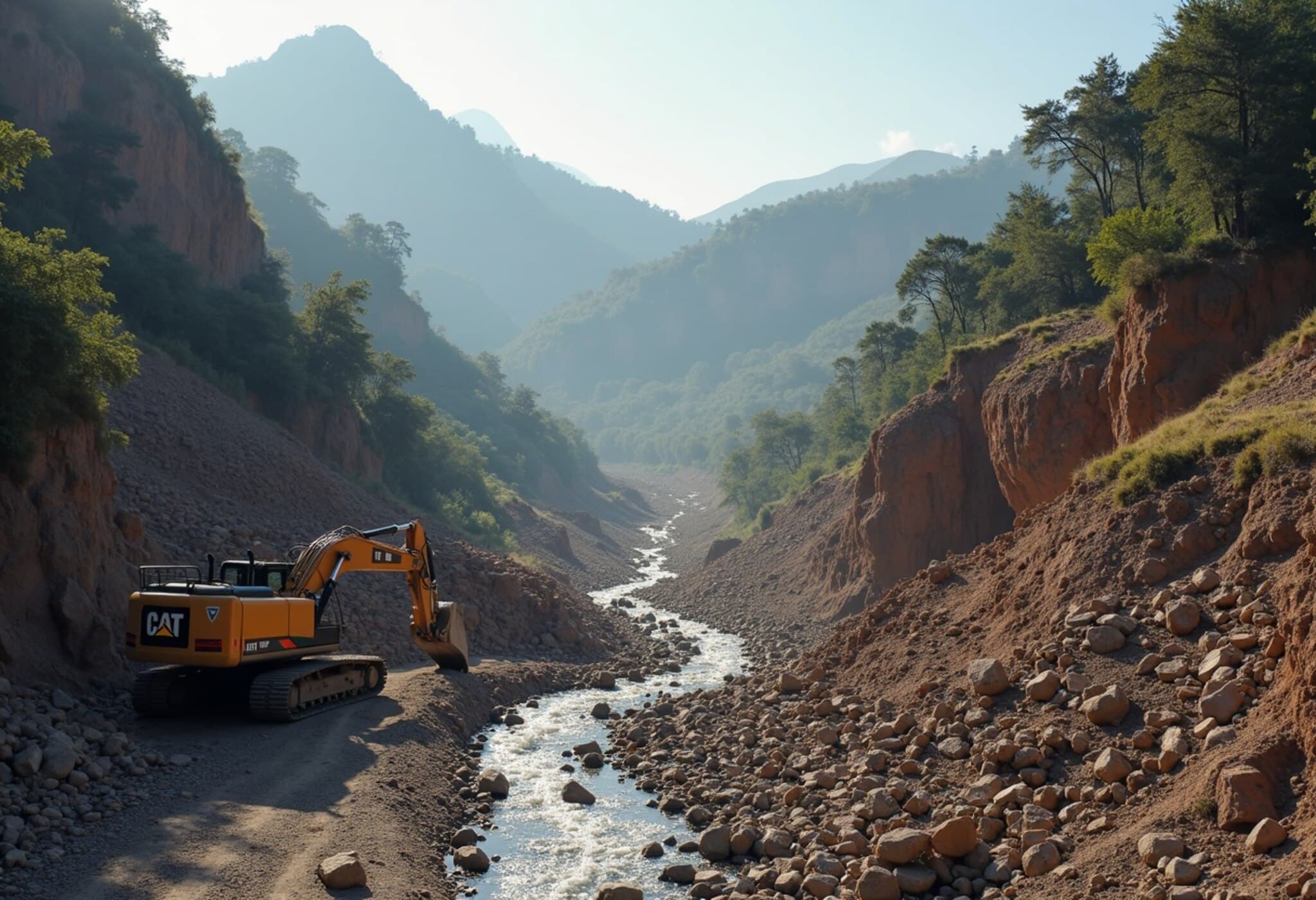6.5 Magnitude Earthquake Shakes Indonesia’s Tanimbar Islands
On July 14, 2025, a powerful 6.5 magnitude earthquake struck the Tanimbar Islands region of Indonesia, rattling the area from a depth of approximately 110 kilometers beneath the earth’s surface. Despite the quake’s significant strength, authorities have not yet reported any damage or casualties. This seismic event once again highlights Indonesia’s vulnerability due to its geological positioning along the Pacific Ring of Fire.
Geological Context: Why Indonesia Faces Frequent Earthquakes
Indonesia’s location makes it one of the most seismically active countries worldwide. Nestled on the converging boundaries of several tectonic plates—including the Pacific, Eurasian, and Australian plates—the archipelago experiences frequent and sometimes devastating earthquakes.
The so-called Ring of Fire stretches from Japan through Southeast Asia to the Pacific Ocean basin, an area where constant tectonic movements generate volcanic activity and quakes. The recent tremor near the Tanimbar Islands is consistent with this persistent seismic volatility.
Historical Earthquake Impact on Indonesia
Indonesia’s history with earthquakes is marked by tragic devastation:
- In January 2021, a magnitude 6.2 earthquake struck Sulawesi, killing over 100 people and displacing thousands.
- More catastrophically, a 7.5 magnitude quake followed by a tsunami in 2018 devastated Palu city in Sulawesi, resulting in more than 2,200 deaths.
- The 2004 Aceh earthquake, one of the deadliest on record, registered a destructive magnitude of 9.1. The subsequent tsunami in the Indian Ocean claimed over 170,000 lives in Indonesia alone, underscoring the immense risk faced by coastal communities.
Expert Perspectives: Preparing for the Next Big Quake
Experts emphasize that while the Tanimbar Islands quake caused no immediate harm, it serves as a critical reminder of the ongoing risk Indonesian communities face. Seismologists recommend improved early warning systems, stricter building codes, and enhanced public education on earthquake preparedness.
For policymakers, balancing economic development with resilient infrastructure investments remains vital. Given Indonesia’s expanding urban centers, disaster readiness is not just a scientific concern—it’s a humanitarian imperative.
What This Means for the Broader Region
The ripple effects of seismic events in Indonesia often transcend borders, affecting regional maritime routes, economic stability, and international disaster response strategies. ASEAN nations and global partners continue to collaborate on joint earthquake monitoring and emergency response frameworks.
Editor’s Note
While the recent 6.5 magnitude earthquake near the Tanimbar Islands passed without immediate damage, Indonesia’s repeated exposure to major quakes calls for vigilant preparedness. How can emerging technologies and community-based strategies better protect vulnerable populations? As Indonesia advances economically, integrating seismic resilience into urban planning may well determine the future safety of millions living in one of the world’s most dynamic yet hazardous environments.


















